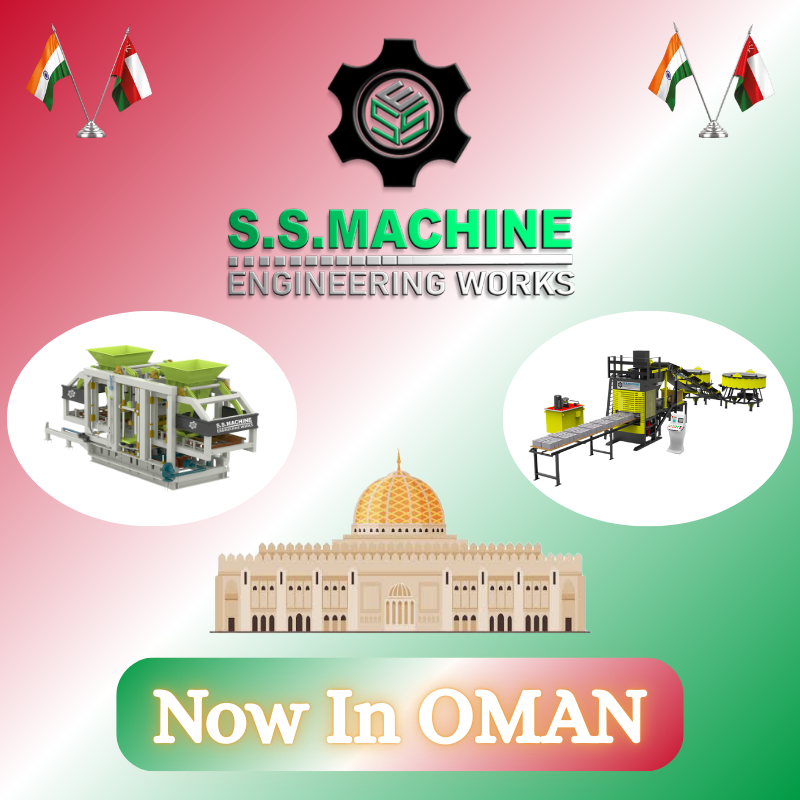
What is a Fly Ash Brick Machine
A machine that produces bricks using fly ash – a byproduct of thermal power plants – instead of fully relying on clay. The process usually combines fly ash, cement, sand, water and sometimes additives. The bricks are then molded under pressure, often using hydraulic/vibration systems, and cured.
How It Works — Key Components & Process
Raw material prep
Fly ash collection
Sand, cement, water mixing
Sometimes additives like lime or gypsum
Mixing
Pan mixer or batch mixer to ensure uniform blend
Molding / Pressing
Hydraulic or mechanical press
Vibration helps compact mix and eliminate air gaps
Brick forming
Brick molds (solid, hollow, interlocking etc.)
Controls for dimension, tolerance
Curing
Wet curing / steam / autoclave (depending on machine/plant)
Automation / Auxiliary Features
Conveyor belts, feeders, PLC control, auto-feed
Vibration system, pressure gauges
Major Manufacturer in India
SS Machine engineering Works (Indore)
Pros & Cons
Pros:
Uses fly ash, which is waste from power plants — environmentally beneficial
Less land needed vs clay brick kilns, fewer emissions
Potential cost savings on raw material if fly ash is locally available cheaply
Better quality control (strength, uniformity) with automatic machines
Cons:
Need consistent supply of good quality fly ash and other raw materials
High initial investment (machine + site + power setup)
Operational costs: power, maintenance, labor
Curing is important – bricks may be weaker if insufficient curing

